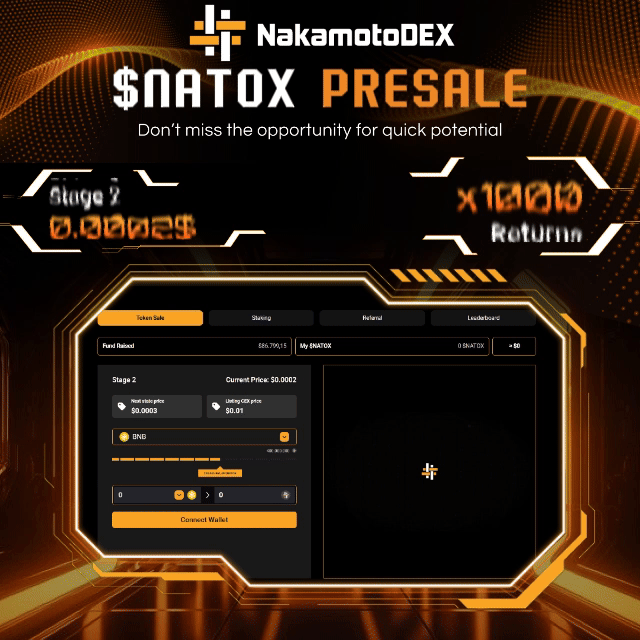When it comes to financing options for retirees, reverse mortgages have gained significant popularity in recent years. These unique loans allow homeowners aged 62 and above to convert a portion of their home equity into funds that can be used to cover expenses during retirement. However, before diving into the world of reverse mortgages, it’s crucial to understand the interest rates associated with these loans. In this article, we will explore what the interest rate on a reverse mortgage entails, its importance, and how it can impact borrowers.
Understanding Reverse Mortgages
Before delving into the specifics of interest rates, let’s first grasp the concept of a reverse mortgage. Simply put, a reverse mortgage is a loan that enables homeowners to access a portion of their home equity without having to sell their property or make monthly mortgage payments. The loan amount is determined based on factors such as the borrower’s age, the home’s value, and current interest rates.
There are three types of reverse mortgages: Home Equity Conversion Mortgages (HECMs), proprietary reverse mortgages, and single-purpose reverse mortgages. HECMs are the most common type and are insured by the Federal Housing Administration (FHA). Proprietary reverse mortgages are private loans offered by financial institutions, while single-purpose reverse mortgages are typically provided by state or local government agencies for specific purposes.
Factors Affecting Interest Rates on Reverse Mortgages
The interest rate on a reverse mortgage is influenced by various factors, and understanding these elements is crucial for borrowers. Market conditions, such as the overall economy, inflation rates, and the Federal Reserve’s monetary policy, play a significant role in determining interest rates. Lenders also consider the borrower’s creditworthiness and the loan’s terms when setting the interest rate.
Additionally, reverse mortgage interest rates can be fixed or adjustable. Fixed interest rates remain the same throughout the loan term, providing stability for borrowers. On the other hand, adjustable interest rates fluctuate based on market conditions, which can be beneficial if interest rates decrease but could lead to higher payments if rates rise.
Importance of Interest Rates on Reverse Mortgages
The interest rate on a reverse mortgage is a critical factor that directly impacts borrowers in several ways. Firstly, the interest rate affects the total loan amount a borrower can receive. Higher interest rates result in a lower loan amount, while lower interest rates provide borrowers with access to more funds. Therefore, understanding the interest rate is crucial for homeowners who have specific financial goals or expenses in mind.
Secondly, the interest rate plays a significant role in the overall cost of a reverse mortgage. As interest accrues on the loan balance, the total amount owed increases over time. Borrowers must consider the implications of higher interest rates on the long-term financial impact of a reverse mortgage.
Frequently Asked Questions about Interest Rates on Reverse Mortgages
What is the typical interest rate range for reverse mortgages?
Interest rates on reverse mortgages can vary depending on several factors, including the type of reverse mortgage, market conditions, and the borrower’s creditworthiness. Generally, reverse mortgage interest rates range from around 3% to 6%. However, it’s essential to consult with lenders and explore multiple offers to find the most competitive rates available.
How does the interest rate affect the repayment of a reverse mortgage?
The interest rate directly affects the amount of interest that accrues on the reverse mortgage loan balance over time. A higher interest rate leads to a faster accumulation of interest, increasing the total amount owed. Consequently, borrowers with higher interest rates will see a more rapid decrease in their home equity over the loan term.
Can the interest rate on a reverse mortgage change over time?
If you have an adjustable-rate reverse mortgage, the interest rate can change over time. These adjustments typically occur on an annual or monthly basis, depending on the terms of the loan. Adjustable rates are tied to a specific financial index, such as the London Interbank Offered Rate (LIBOR) or the Constant Maturity Treasury (CMT) inde
Are there any ways to lower the interest rate on a reverse mortgage?
While borrowers cannot directly lower the interest rate on a reverse mortgage, they can take steps to potentially secure more favorable rates. Maintaining a good credit score, shopping around for different lenders, and considering market conditions can increase the chances of obtaining a lower interest rate.
What are the risks associated with fluctuating interest rates on reverse mortgages?
For borrowers with adjustable-rate reverse mortgages, the main risk lies in the uncertainty of interest rate fluctuations. If interest rates rise significantly, borrowers may experience higher monthly payments or a faster accumulation of interest on their loan balance. It’s crucial to consider the potential long-term impact of changing interest rates and weigh the benefits against the risks.
Conclusion
Understanding the interest rate on a reverse mortgage is vital for homeowners considering this financial option. The interest rate directly affects the loan amount, overall cost, and potential long-term financial implications of a reverse mortgage. By comprehending the factors that influence interest rates and exploring the frequently asked questions, borrowers can make informed decisions and navigate the world of reverse mortgages with confidence. Remember to consult with reputable lenders, seek professional advice, and evaluate multiple options to find the most suitable interest rate for your unique needs and retirement goals.


